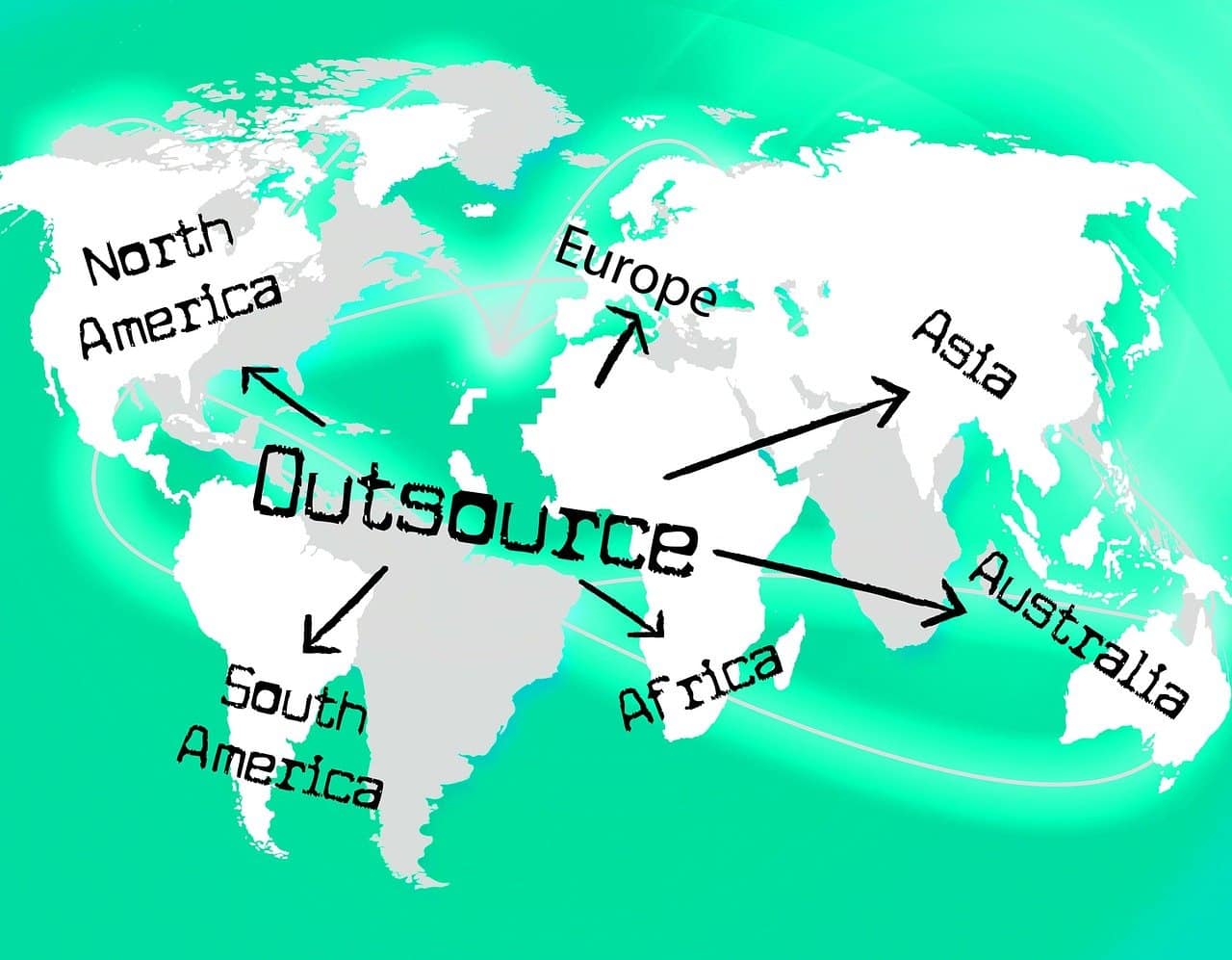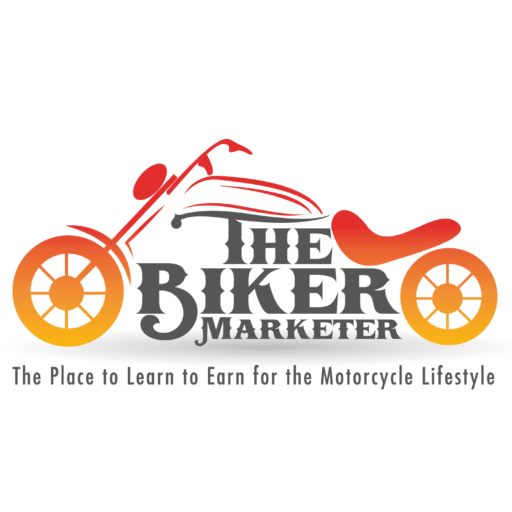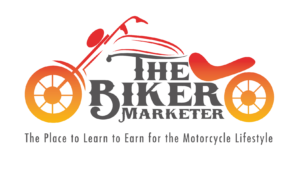The Biker Marketer Method
Selecting a niche is a critical step for any business or personal brand aiming to stand out in a competitive market. By focusing on a specific area of expertise, businesses can target a more defined audience, create tailored products or services, and build stronger customer loyalty. A well-chosen niche not only reduces competition but also allows for deeper connections with clients who value specialized knowledge.

Image from Alpha Stock Images by Nick Youngson
WordPress is a powerful content management system (CMS) that enables users to create, manage, and customize websites with ease. Known for its user-friendly interface and versatility, WordPress is used by millions worldwide to build anything from personal blogs to full-fledged business websites.

Image from Pixabay
Posting a blog is a simple yet effective way to share content and engage with your audience. To get started, choose a relevant topic, write a compelling article, and optimize it for SEO with keywords, meta descriptions, and internal links. Once the content is ready, upload it to your blog platform, add images or media to enhance the post, and categorize it appropriately.

Image from Pixabay
Article marketing is a content strategy where businesses create and distribute informative articles to promote their products or services. By publishing high-quality, relevant content on websites, blogs, or article directories, companies can build authority, increase brand awareness, and drive traffic to their website.

Image from Pixabay
Private Label Rights (PLR) refer to pre-written content that you can purchase, edit, and claim as your own. PLR content comes in various forms, such as articles, ebooks, or videos, and provides the flexibility to modify it to fit your brand’s voice or specific needs. This is a time-saving strategy for businesses and marketers looking to quickly generate content without creating it from scratch.

Image from Pixabay
Public domain refers to creative works, such as books, music, art, or films, that are not protected by copyright and are free for anyone to use. This can occur when the copyright has expired, the creator has waived their rights, or the work was never eligible for copyright protection in the first place.

Image by Markus Winkler from Pixabay
Short reports are concise, informative documents that provide key insights on a specific topic or issue. Typically ranging from a few pages to around 10 pages, these reports are used to communicate important findings, recommendations, or summaries in a clear and focused manner. Businesses and marketers often use short reports to educate their audience, share research results, or highlight solutions to problems.
Building a mailing list is a crucial strategy for businesses and marketers to engage directly with their audience. A mailing list consists of email addresses from individuals who have shown interest in your products, services, or content. To grow your list, you can offer incentives like exclusive content, discounts, or free resources in exchange for contact information.

Image by Gerd Altmann from Pixabay
Opt-in pages, also known as landing pages or squeeze pages, are web pages designed to capture a visitor’s contact information, usually in exchange for something valuable like a free guide, newsletter, or special offer. These pages are a key tool in building a mailing list and are typically simple, with a clear call to action that encourages visitors to sign up.

Image by Cyber Rabbit from Pixabay
Autoresponders are automated email systems that send pre-written messages to subscribers based on specific triggers or schedules. They are commonly used for nurturing leads, welcoming new subscribers, and following up on user actions like form submissions or purchases. By setting up a series of automated emails, businesses can efficiently communicate with their audience, provide consistent information, and maintain engagement without manual intervention.

Image by Muhammad Ribkhan from Pixabay
Driving traffic refers to the strategies and tactics used to attract visitors to a website or online platform. This can be achieved through various methods, including search engine optimization (SEO), content marketing, social media promotion, paid advertising, and email campaigns. The goal is to increase the number of potential customers or audience members visiting the site, thereby enhancing visibility, generating leads, and boosting conversions.
Information products are digital or physical goods designed to educate, inform, or solve problems for consumers. They include ebooks, online courses, webinars, and guides, among others. These products are valuable resources that provide in-depth knowledge or practical solutions on specific topics.

Image by talha khalil from Pixabay
Webinars are live or recorded online seminars that provide a platform for interactive presentations, discussions, or training sessions. They enable presenters to share information, demonstrate products, or educate audiences in real-time, often incorporating features like Q&A sessions, polls, and screen sharing.

Image by Mohamed Hassan from Pixabay
Copywriting is the art and practice of crafting persuasive and compelling text aimed at driving specific actions or responses from readers. This includes creating content for advertisements, websites, email campaigns, social media, and more. Effective copywriting involves understanding the target audience, using persuasive language, and highlighting the benefits and unique selling points of a product or service.

Image by John Conde from Pixabay
Search Engine Optimization (SEO) is the process of enhancing a website’s visibility and ranking on search engine results pages (SERPs). By optimizing various elements such as content, keywords, meta tags, and backlinks, SEO helps improve a site’s relevance and authority in the eyes of search engines like Google.
Building links, or link building, is the practice of acquiring hyperlinks from other websites to your own. These links, also known as backlinks, are crucial for improving a website’s authority and search engine ranking. By gaining high-quality, relevant links from reputable sites, you signal to search engines that your content is valuable and trustworthy.

Image by Parveender Lamba from Pixabay
Membership sites are online platforms that provide exclusive content, resources, or services to registered members who pay a subscription fee. These sites offer a range of benefits, including access to specialized content, community forums, and premium tools or features.
Joint Venture (JV) partnerships involve collaboration between two or more businesses or individuals to achieve mutual goals, often by combining resources, expertise, or market access. These partnerships can take various forms, such as co-marketing efforts, product collaborations, or shared projects.

Image by Gerd Altmann from Pixabay
Publishing on Kindle involves creating and distributing eBooks through Amazon’s Kindle Direct Publishing (KDP) platform. Authors and publishers can easily upload their manuscripts, format them for Kindle devices, and set their pricing. KDP provides tools for customizing book covers, tracking sales, and managing royalties.

Image by Tablet Helpline from Pixabay
Outsourcing is the practice of delegating specific business functions or tasks to external service providers or freelancers rather than handling them in-house. This approach can include areas such as customer support, accounting, content creation, or IT services. Outsourcing allows businesses to access specialized skills, reduce operational costs, and focus on core activities.

Image by Jireh Gibson from Pixabay
Developed By, TheBikerMarketer.com





